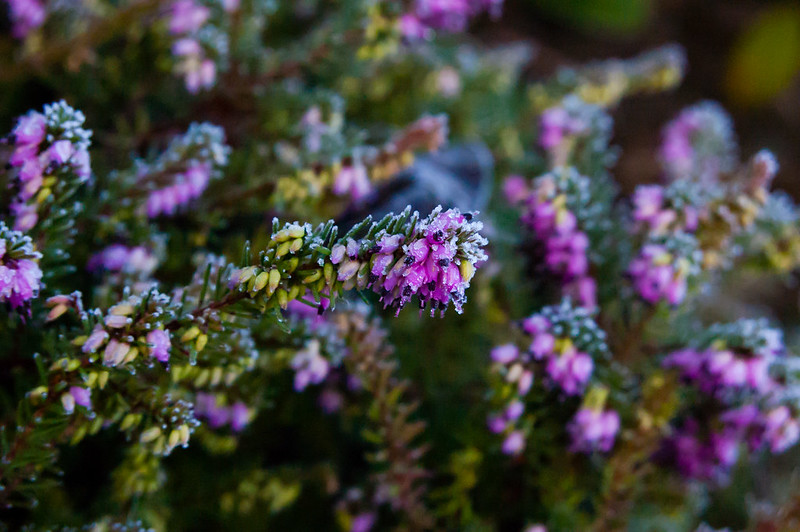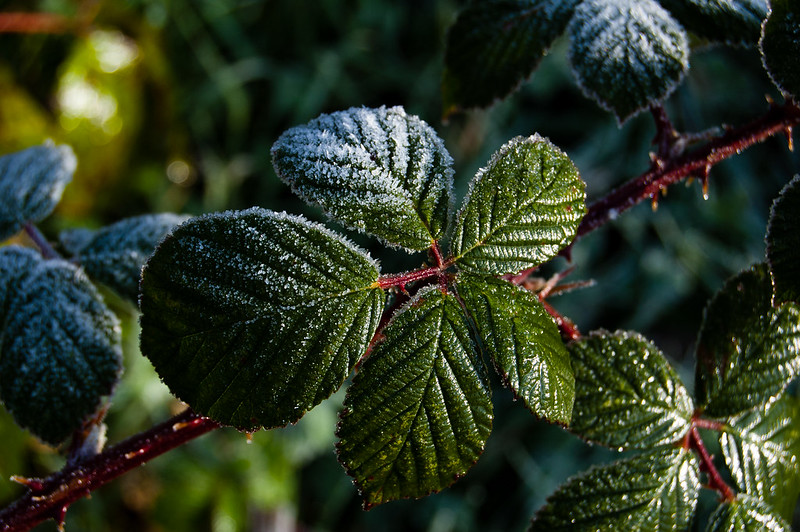Delicate pink rims on the caps of birch brittlegill mushrooms, one of several species of fungi growing on a lawn outside one of the buildings in the Science Park.
Lower Barley Field, late autumn
Magpie inkcaps, just emerged
More magpie inkcaps in the castle grounds at Bridgnorth. These had probably only come up earlier that morning, so only a little of the white veil has been lost to reveal the darker cap beneath.
These (an other magpie inkcaps featured today) were pictured after the first hard frost of the month. They may not have lasted much longer.
Magpie inkcaps, deliquesced
The inkcap group of mushroom species get their name from their caps which deliquesce as they have shed their spores. From the rim inwards they turn into a black mushy-looking mass which then disappears. The deliquescing black mass from one of the larger and more common inkcap species was the main ingredient in one recipe for making ink in centuries gone by.
This is the last remant of a magpie inkcap with deliquescence almost complete, and another in a similar state peeping out behind.
Magpie inkcaps, Bridgnorth
Magpie inkcaps, a striking mushroom species, with remnants of a protective veil forming irregular white patches over the grey or black fibrous surface of the cap.
Most field guides describe this species as preferring beech woods on chalky soil, an environment not found in the west midlands. These mushrooms, and others which will feature in the next two posts, are the first magpie inkcaps I’ve ever seen. They were growing under an oak tree in the park in Bridgnorth castle grounds – perhaps brought in on the wood mulch which had been spread thickly there.
Frosted, mouldy mushroom
Frost: mosses
The Prince (and fallen yew berries)
Frost: purple heather
Snakeskin grisette
Snakeskin grisettes are members of a group of gilled mushrooms which have grooves on the rims of the caps echoing the gills below.
The “snakeskin” is patches of fleecy, easily removable grey remains of a volva scattered over the cap, not present in tawny grisettes, orange grisettes or plain old grisettes.
















